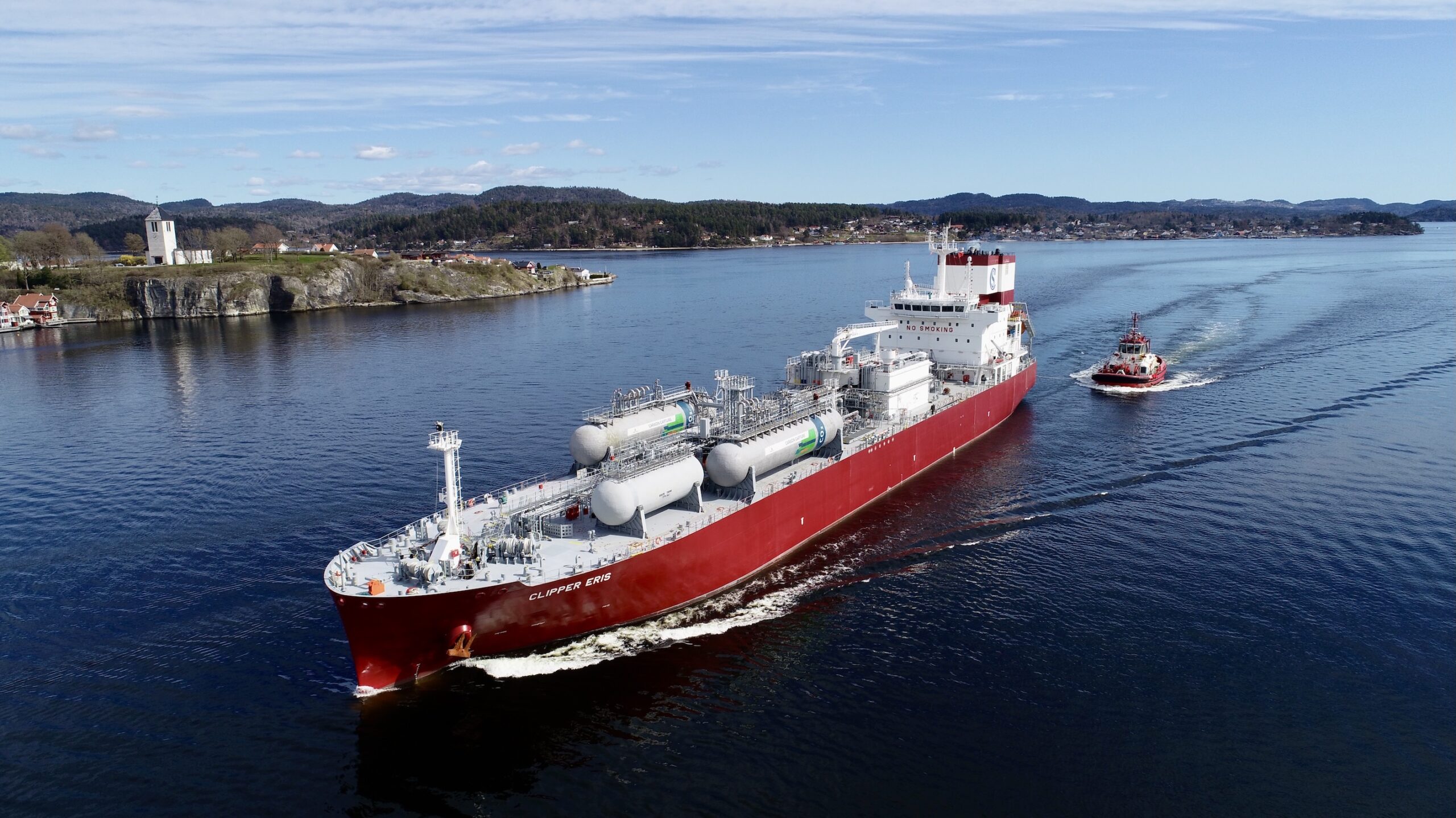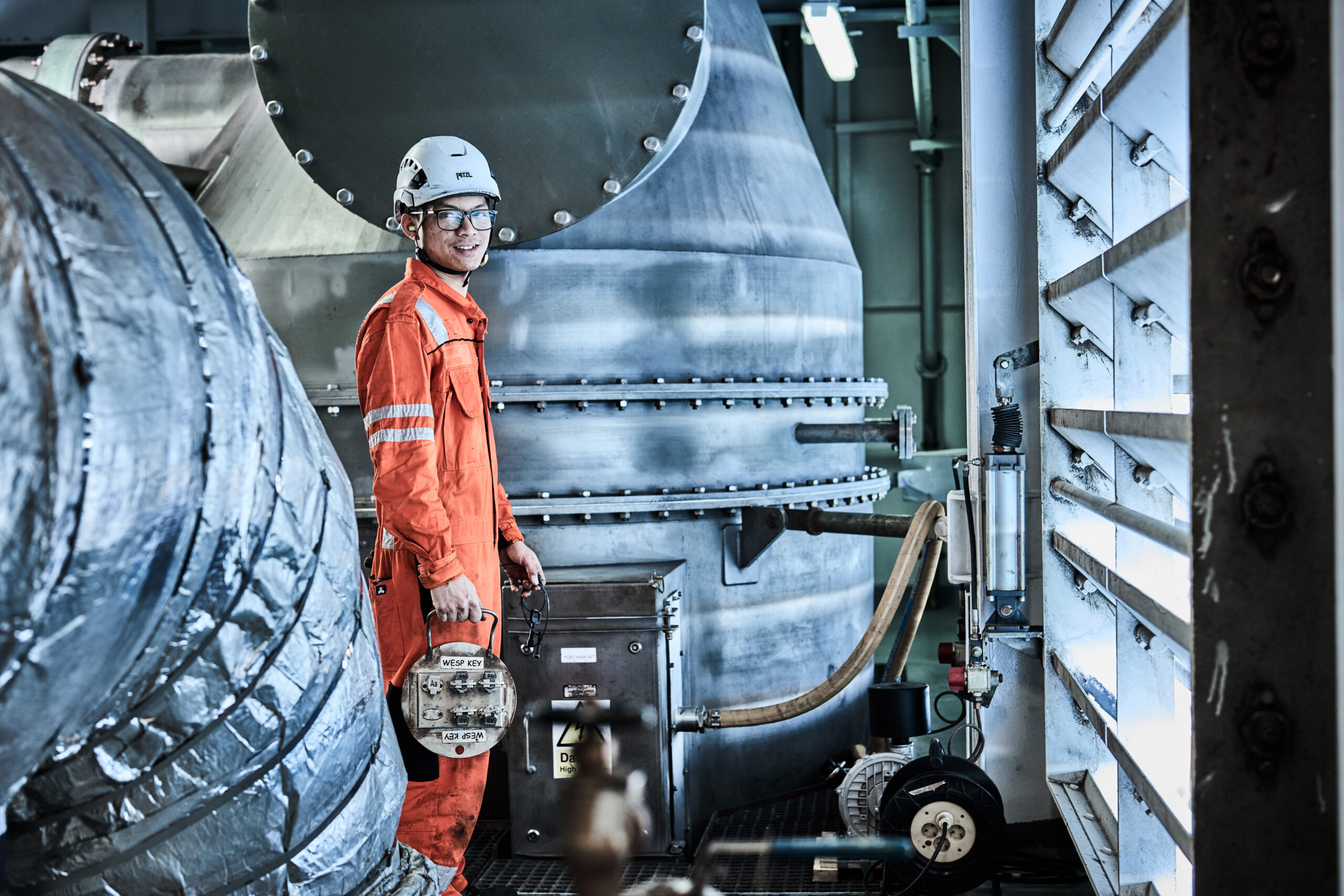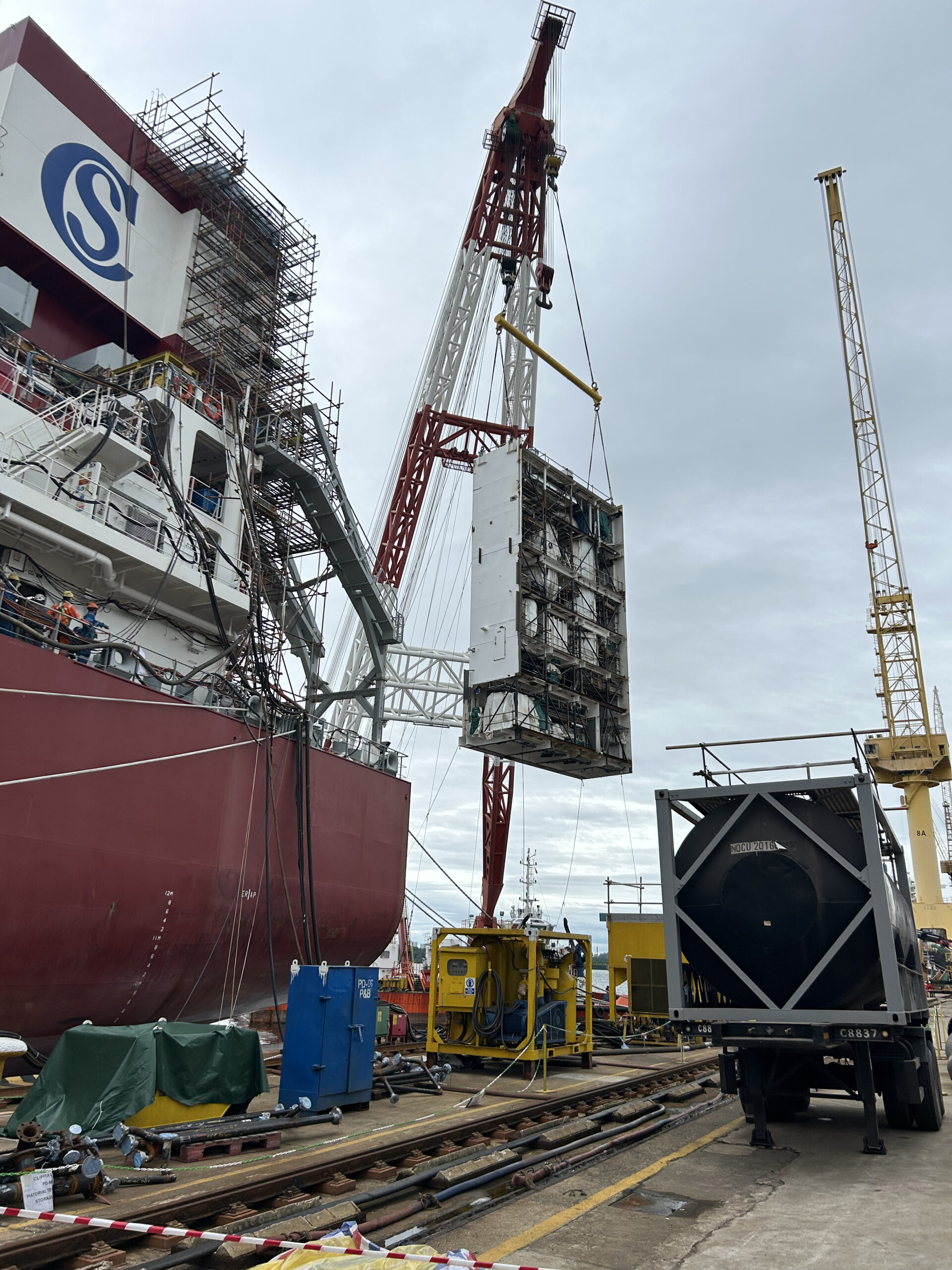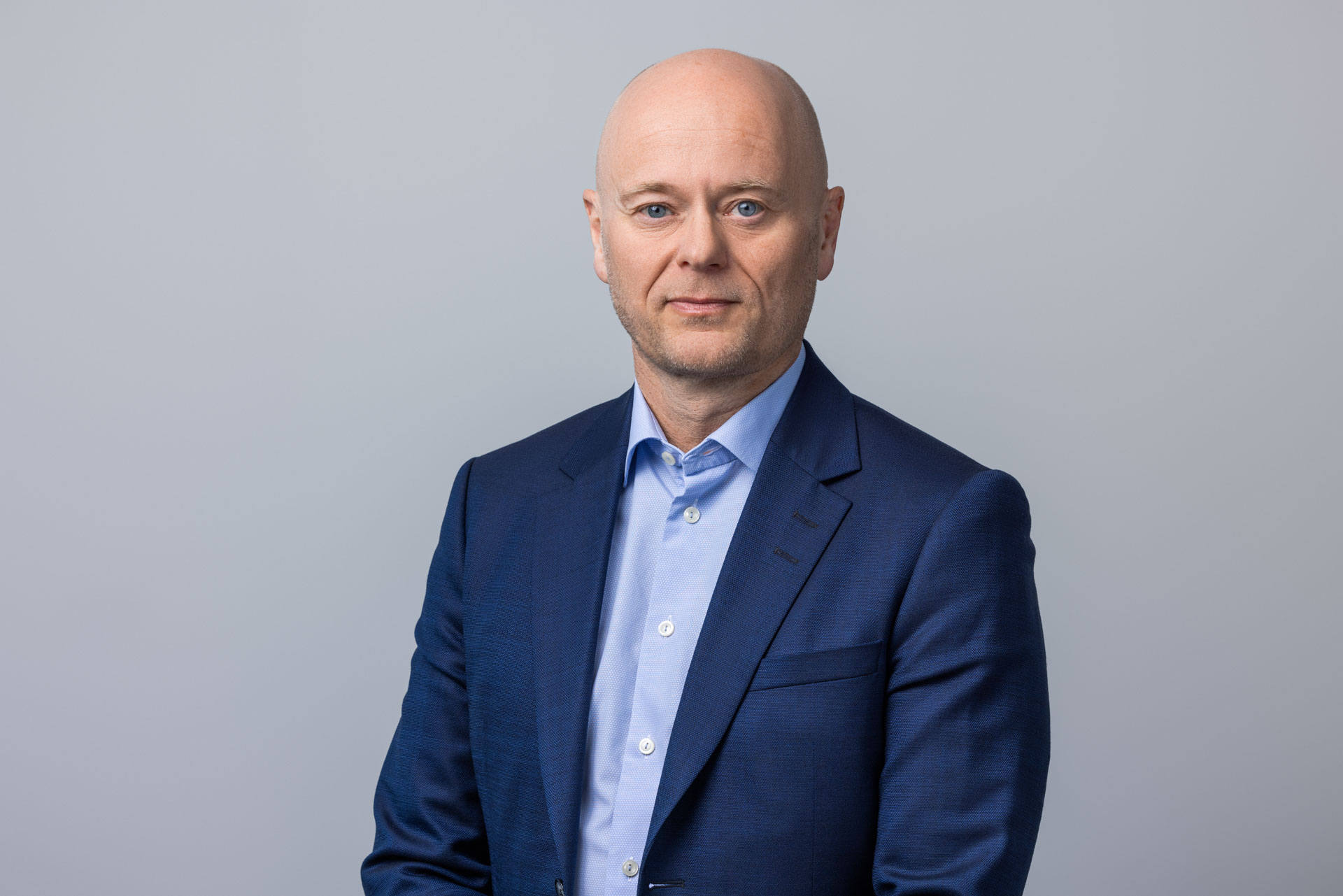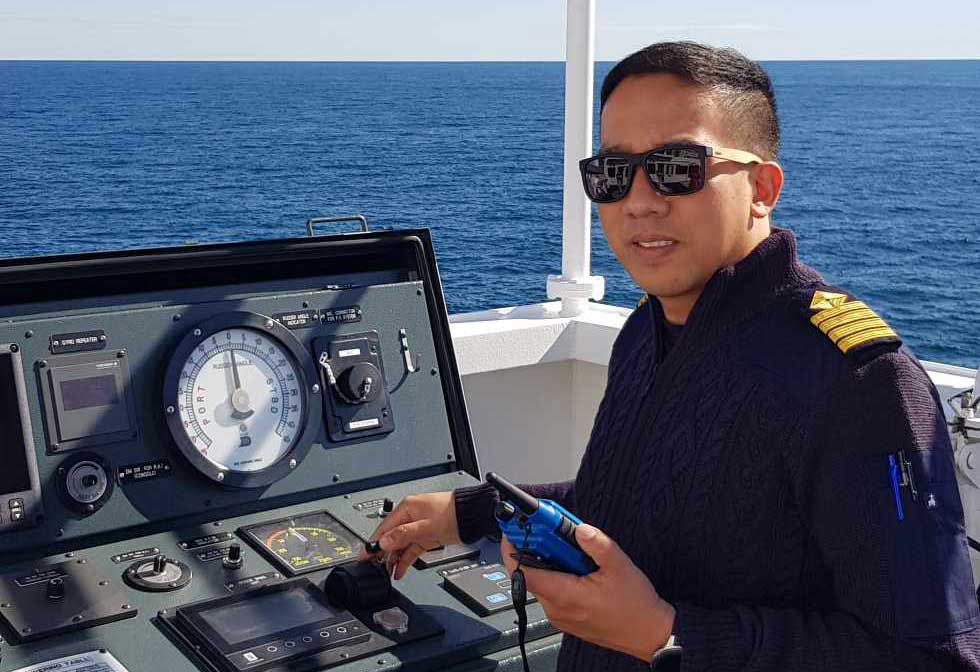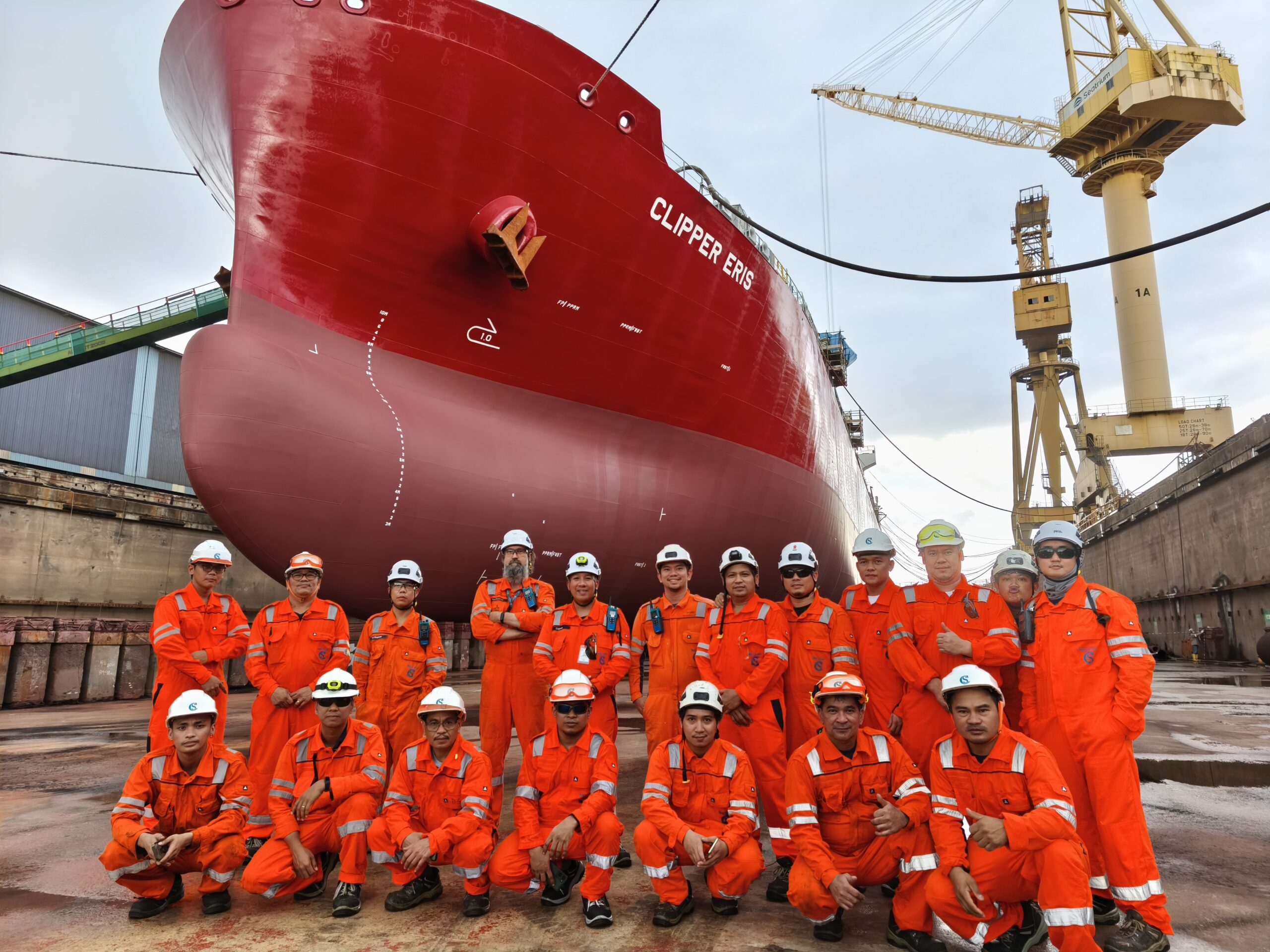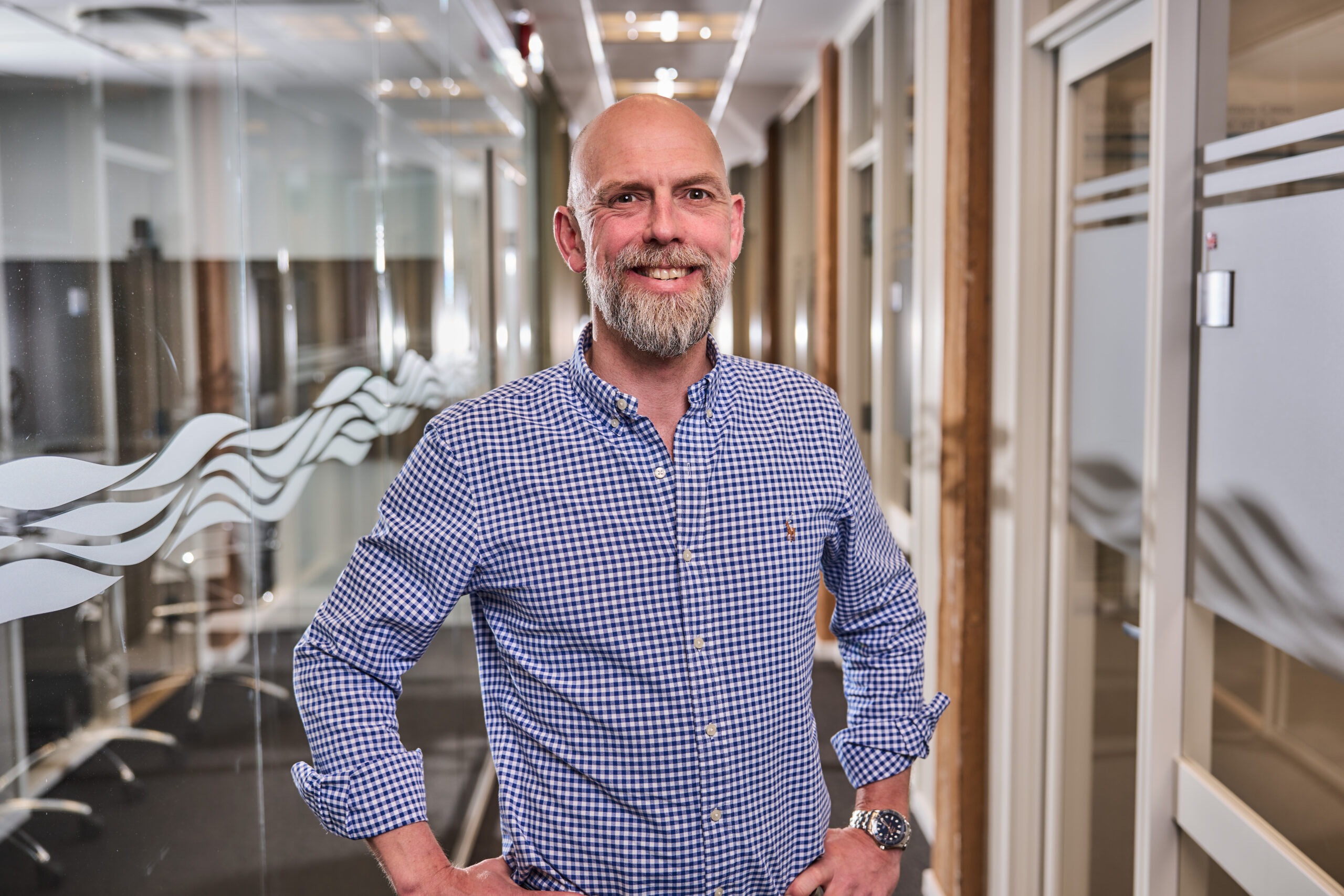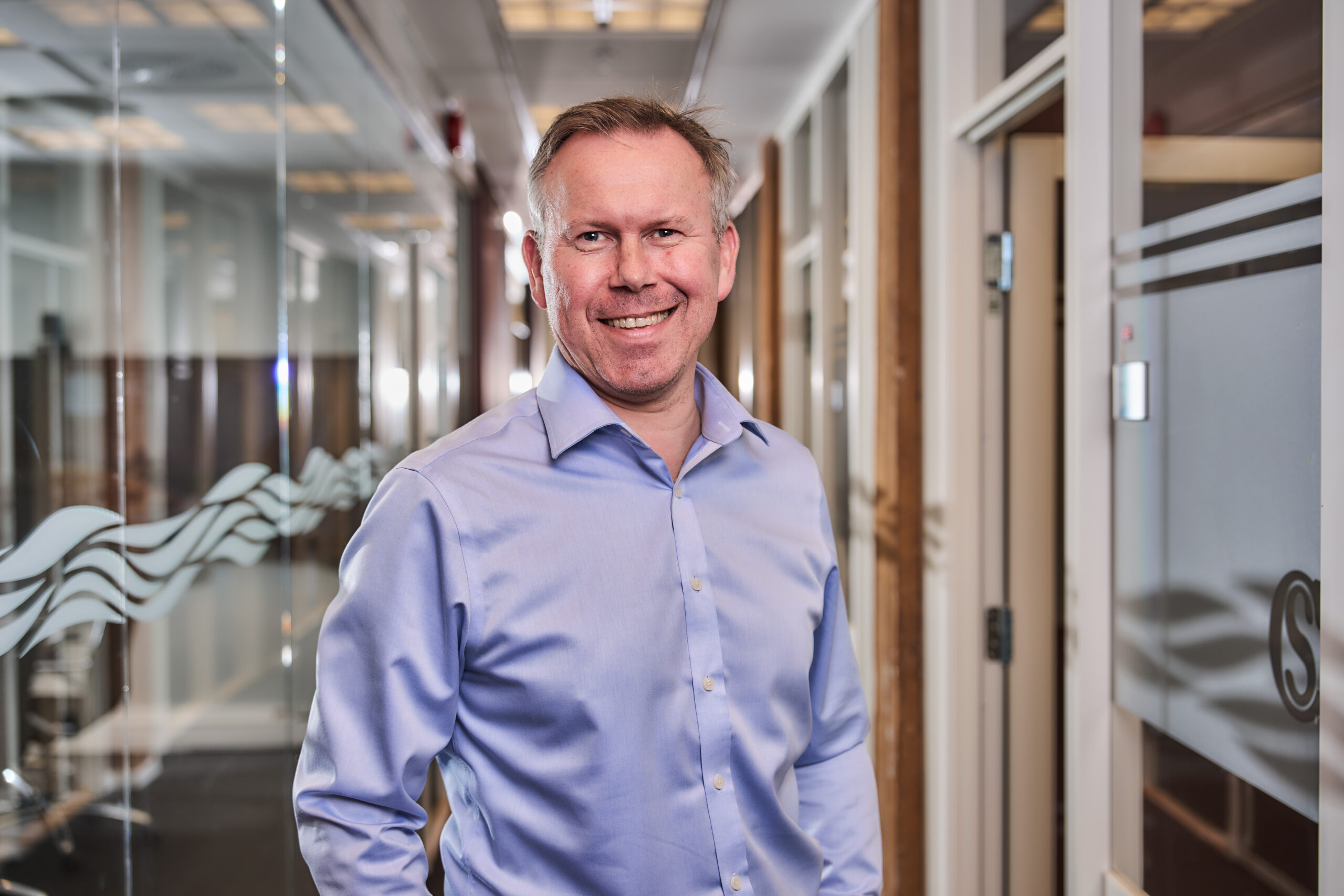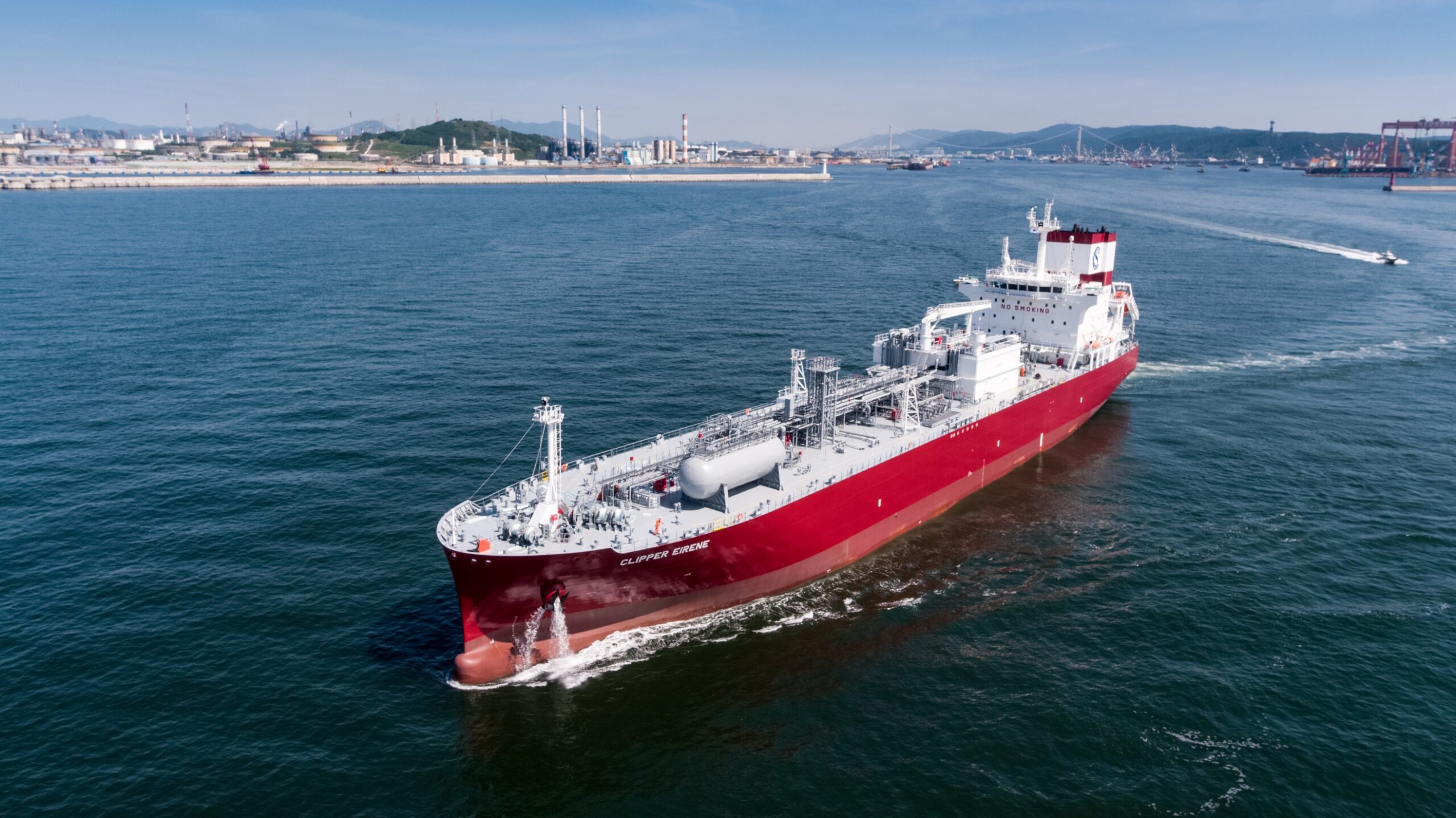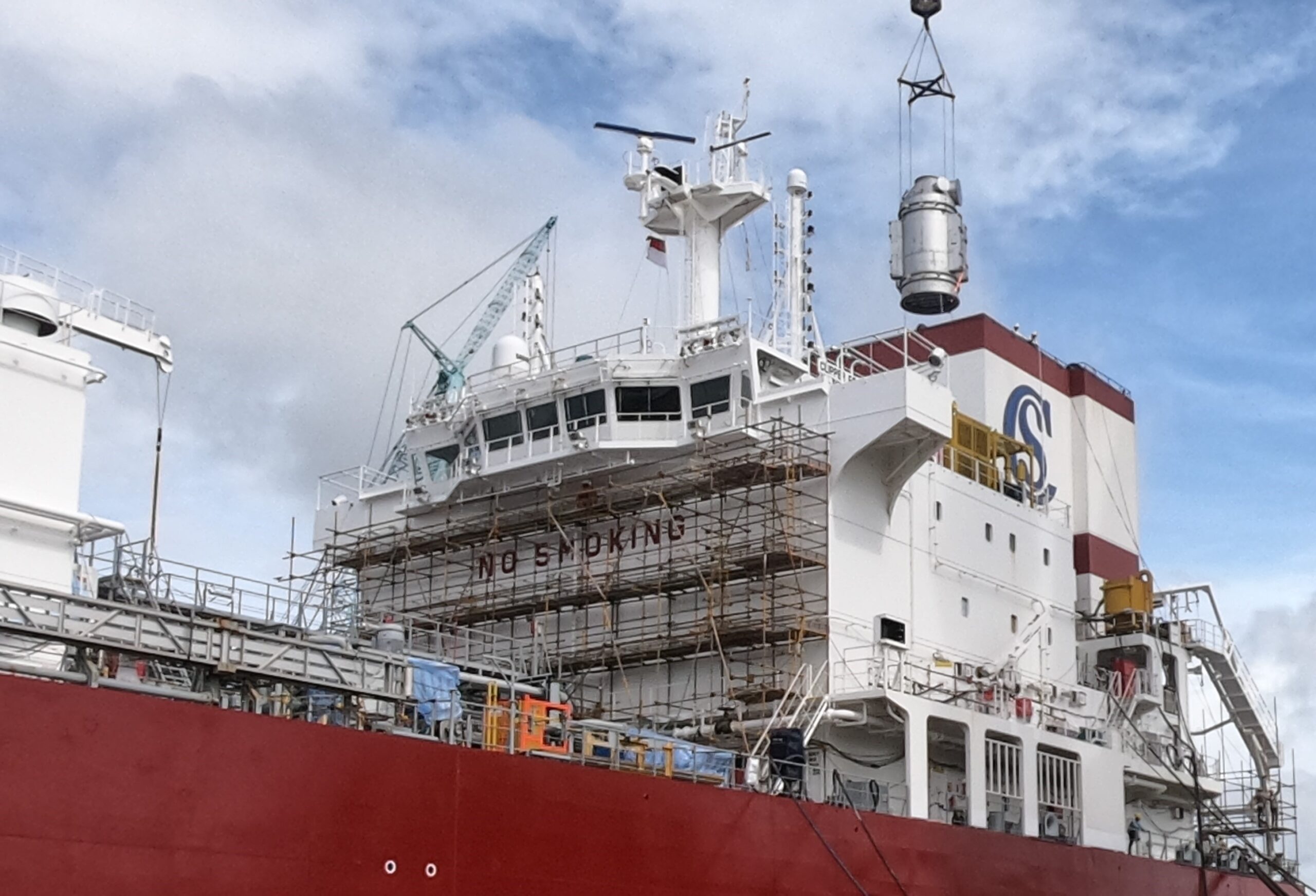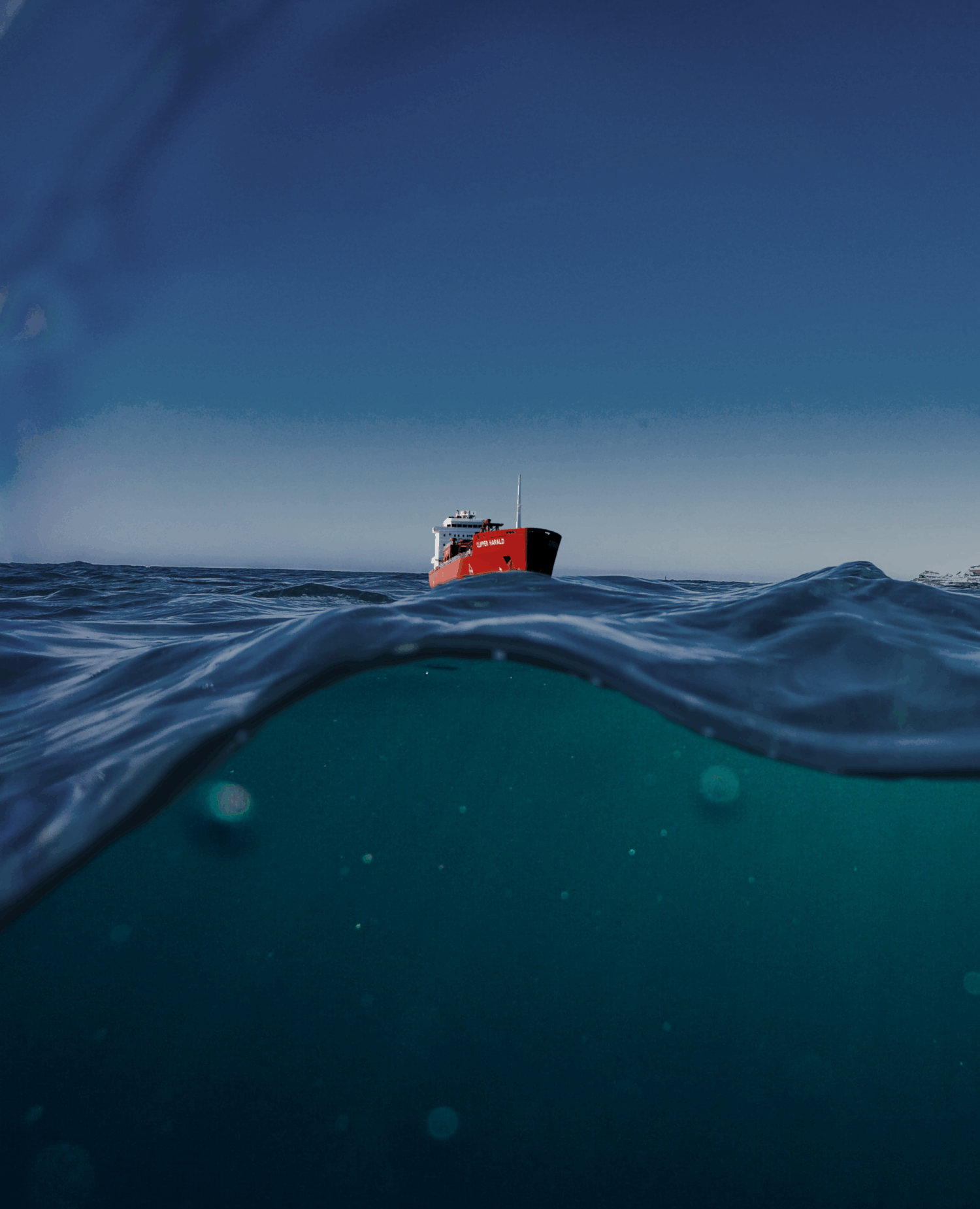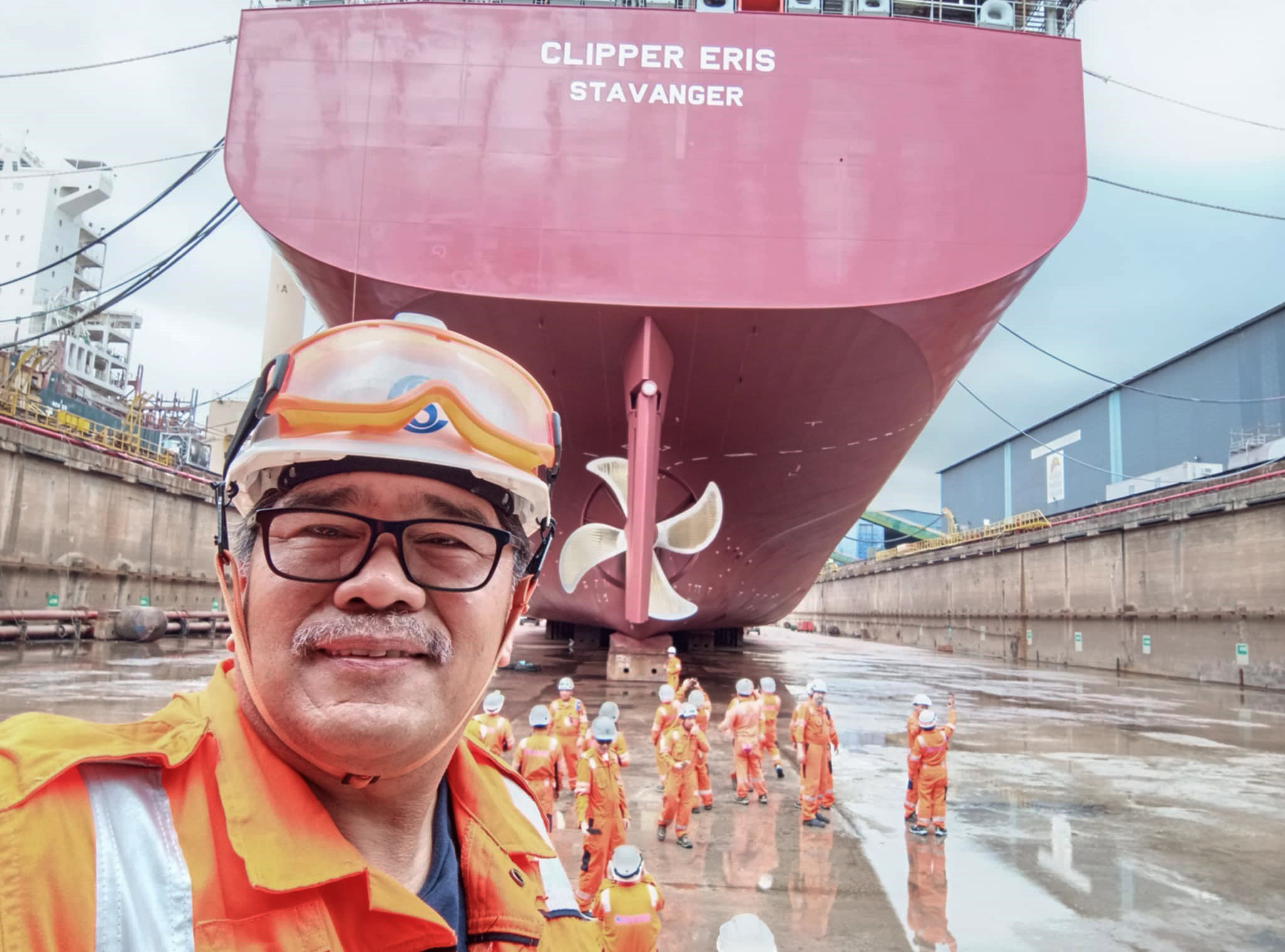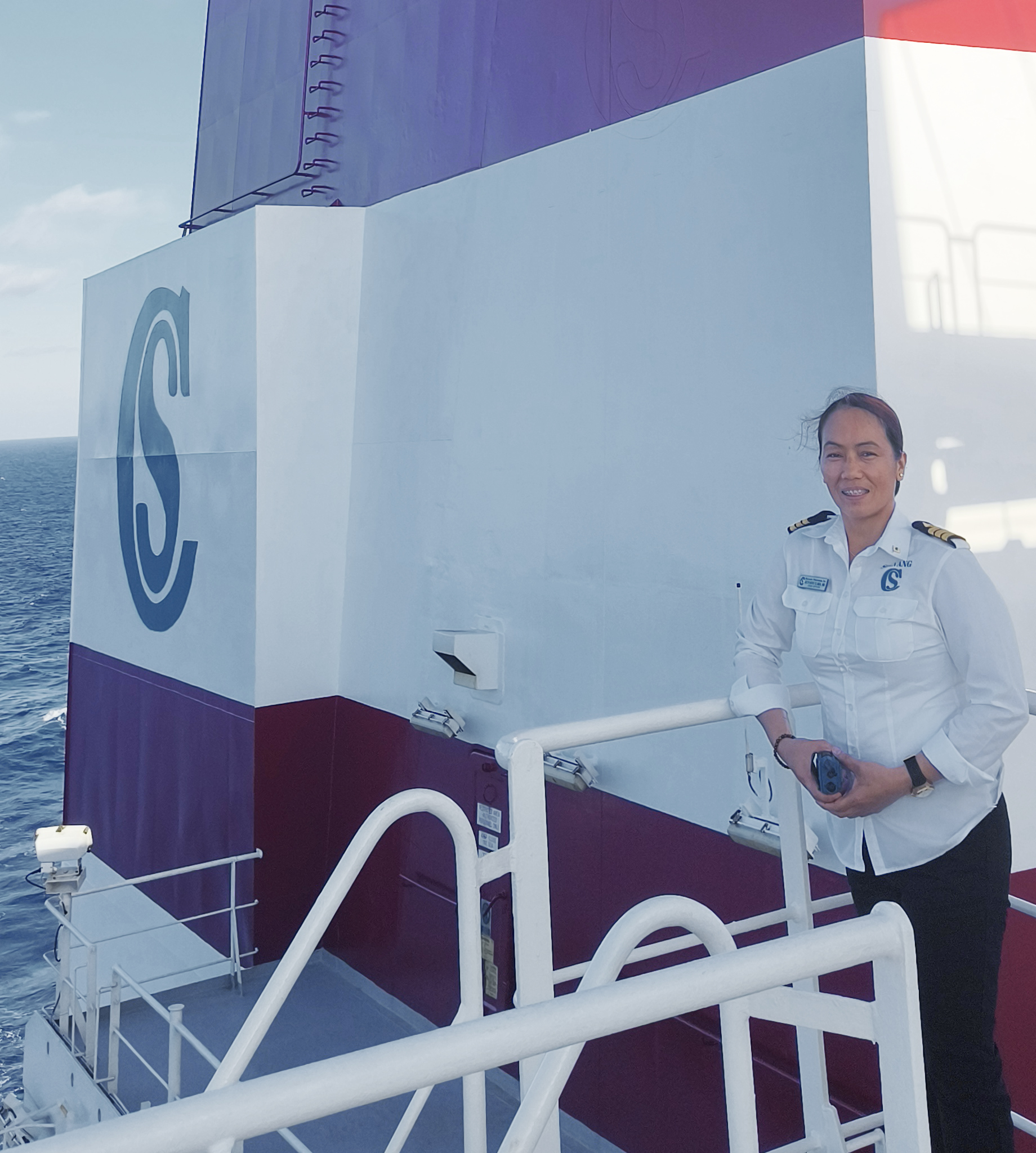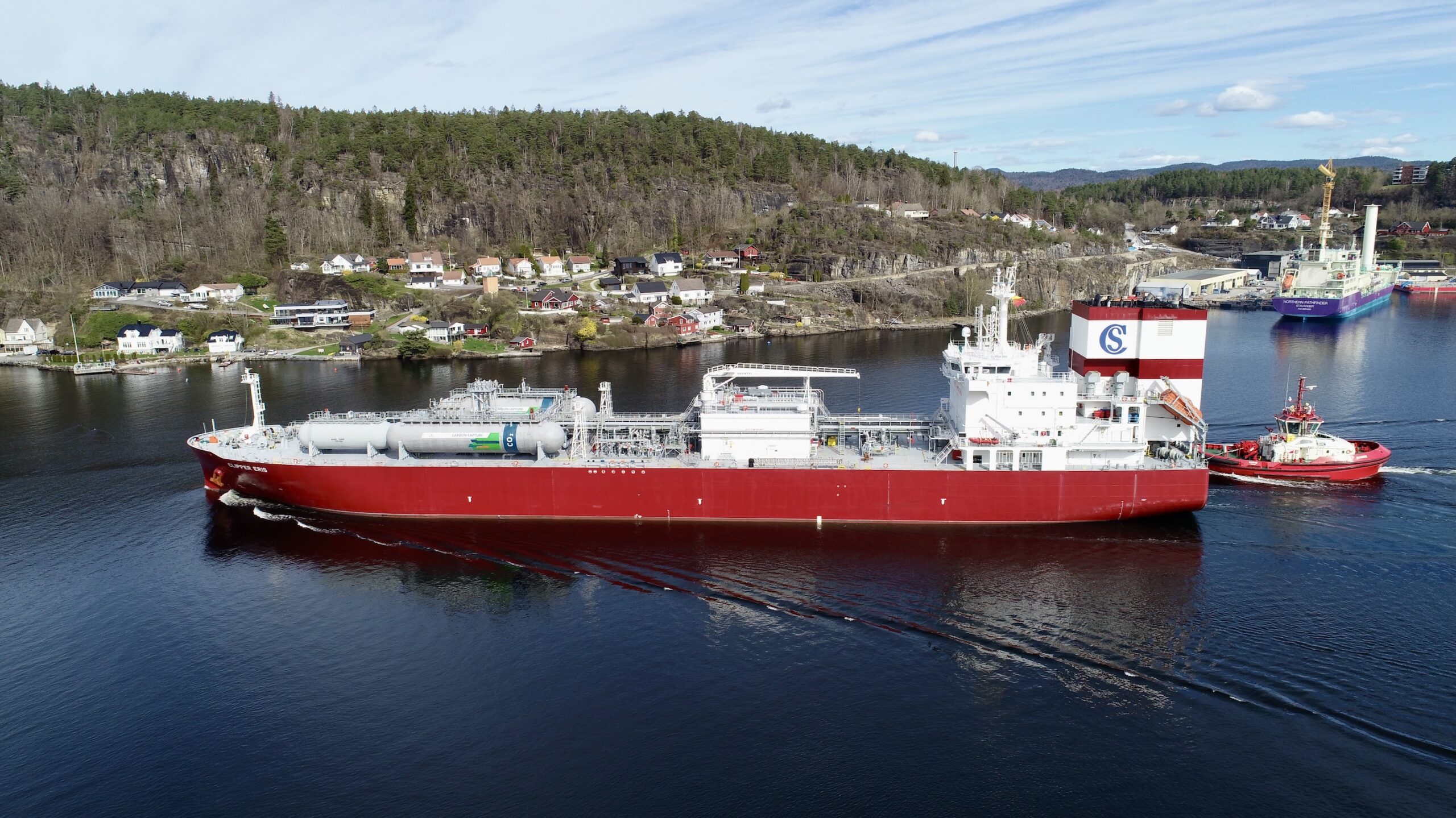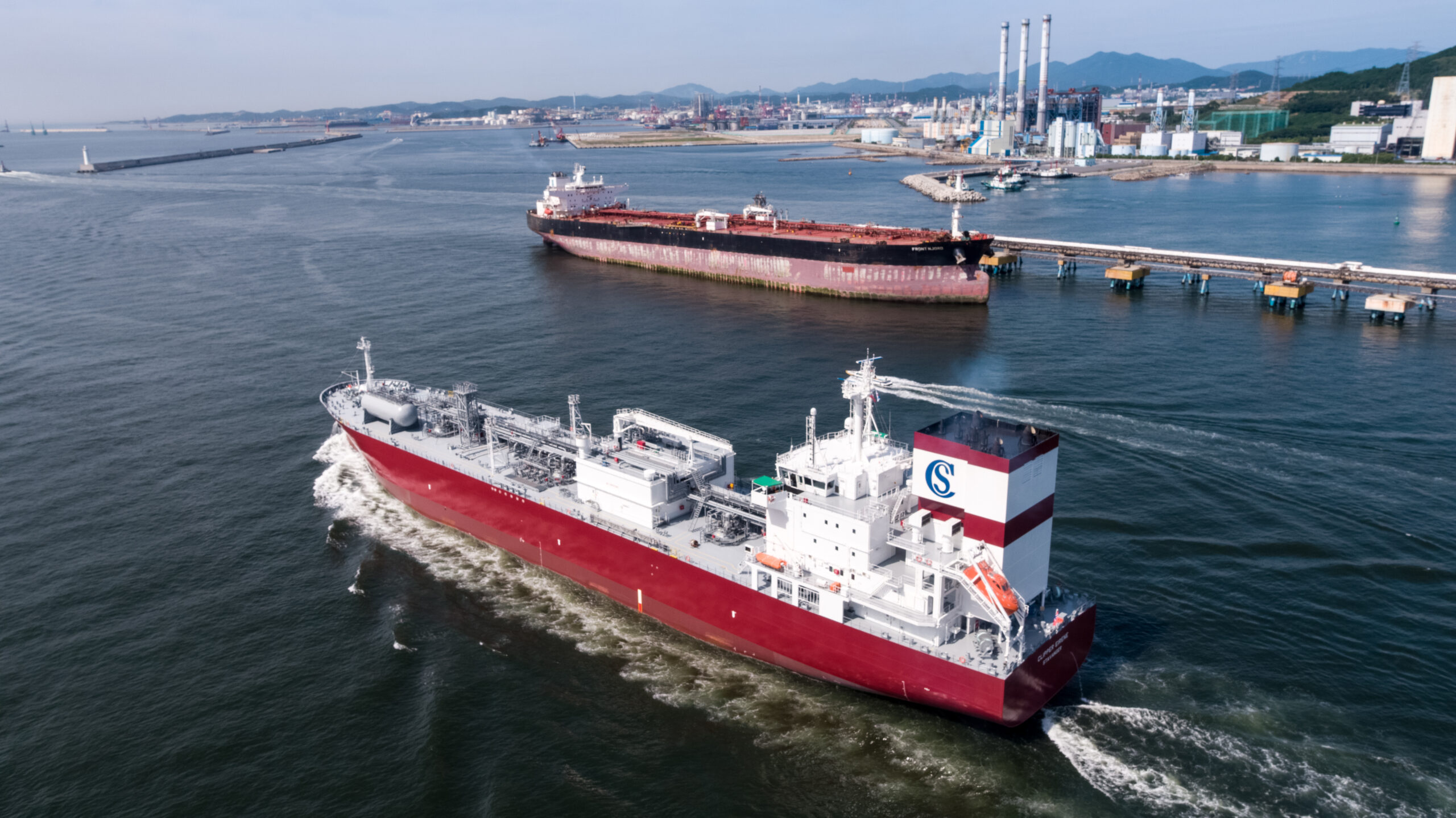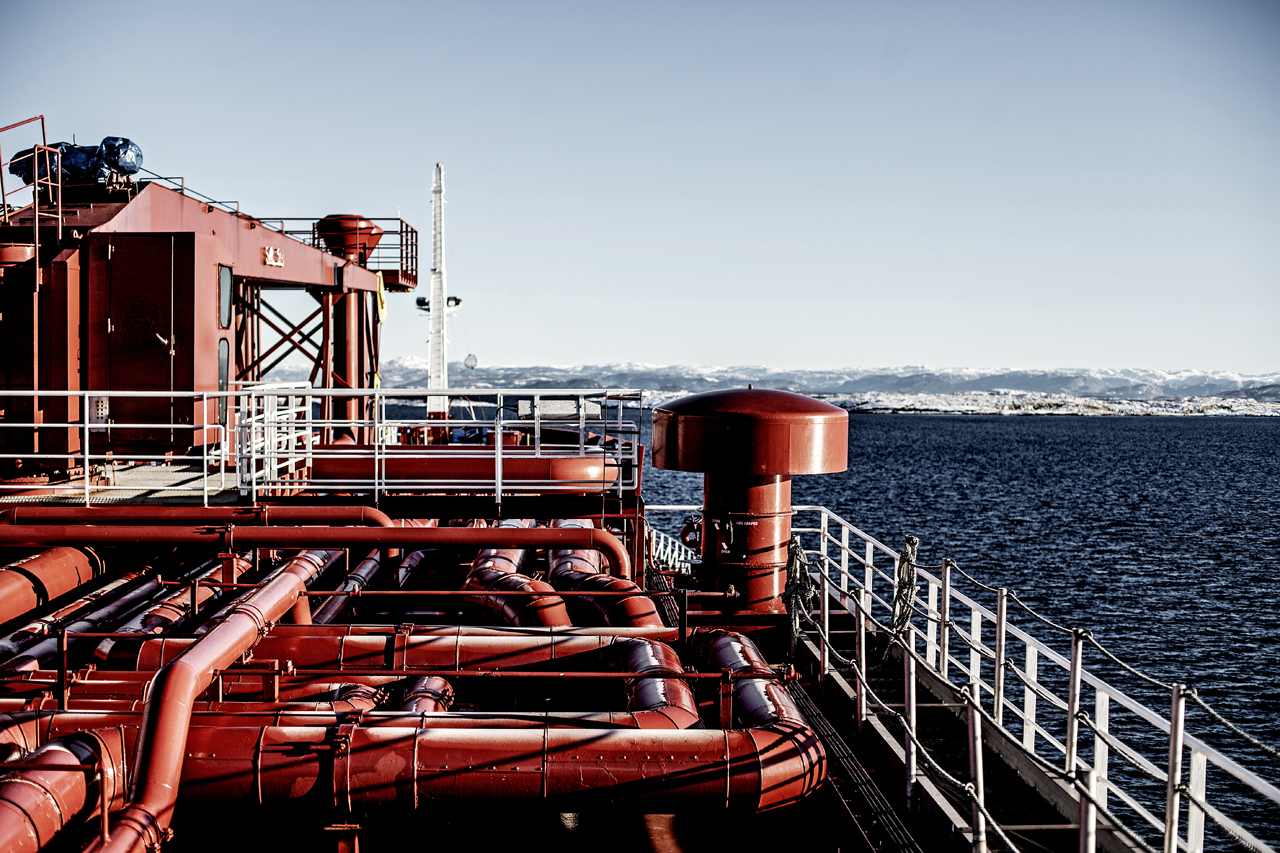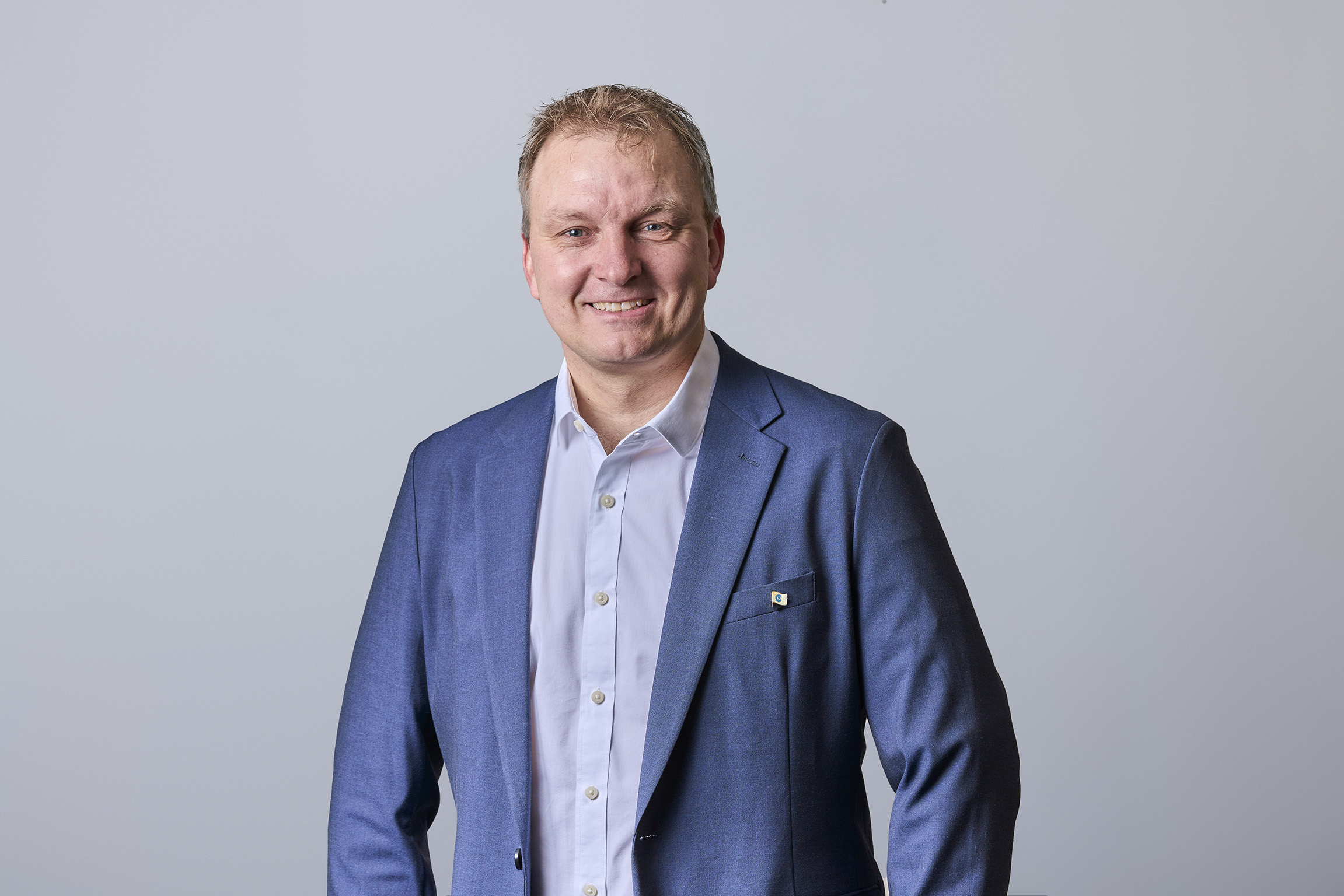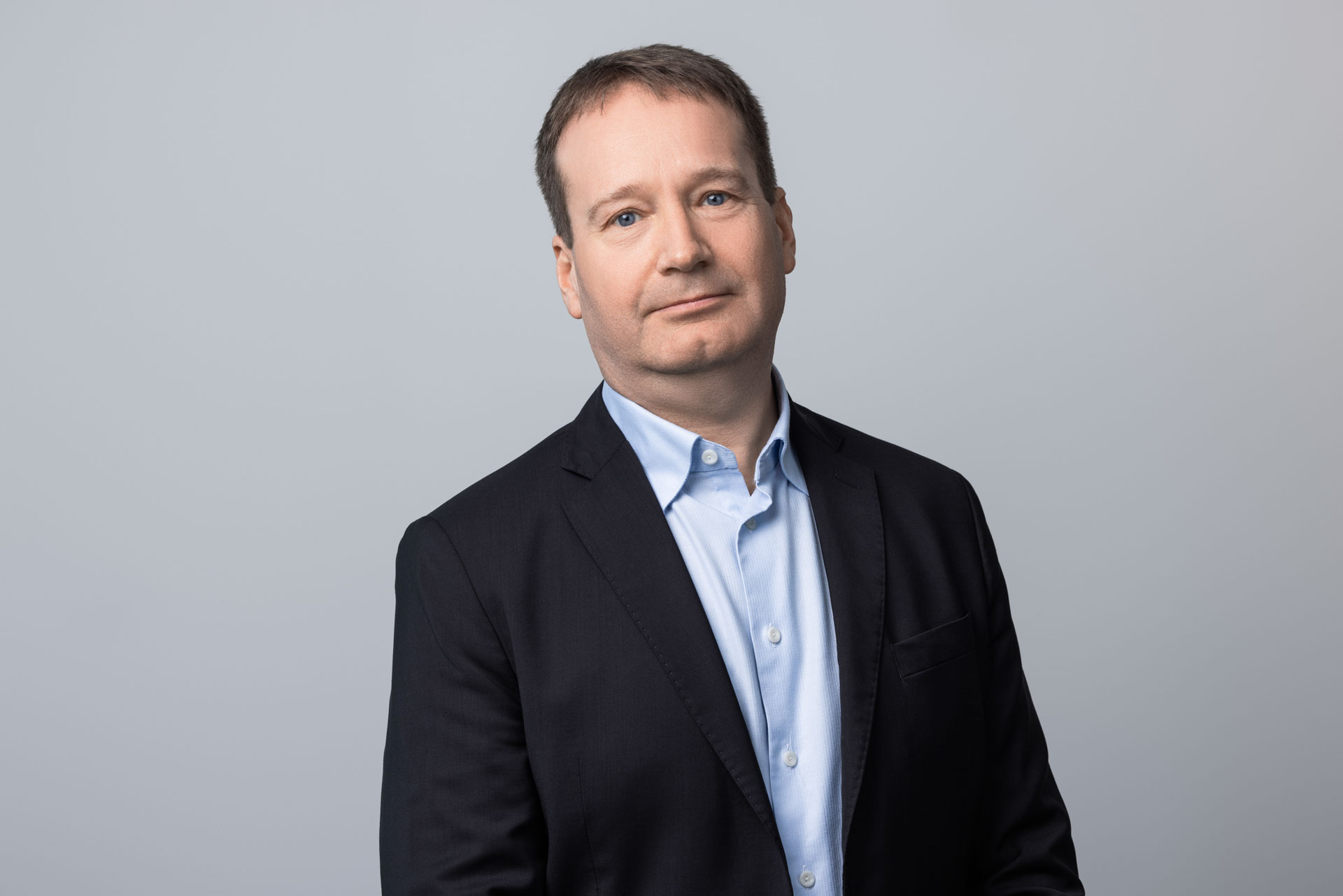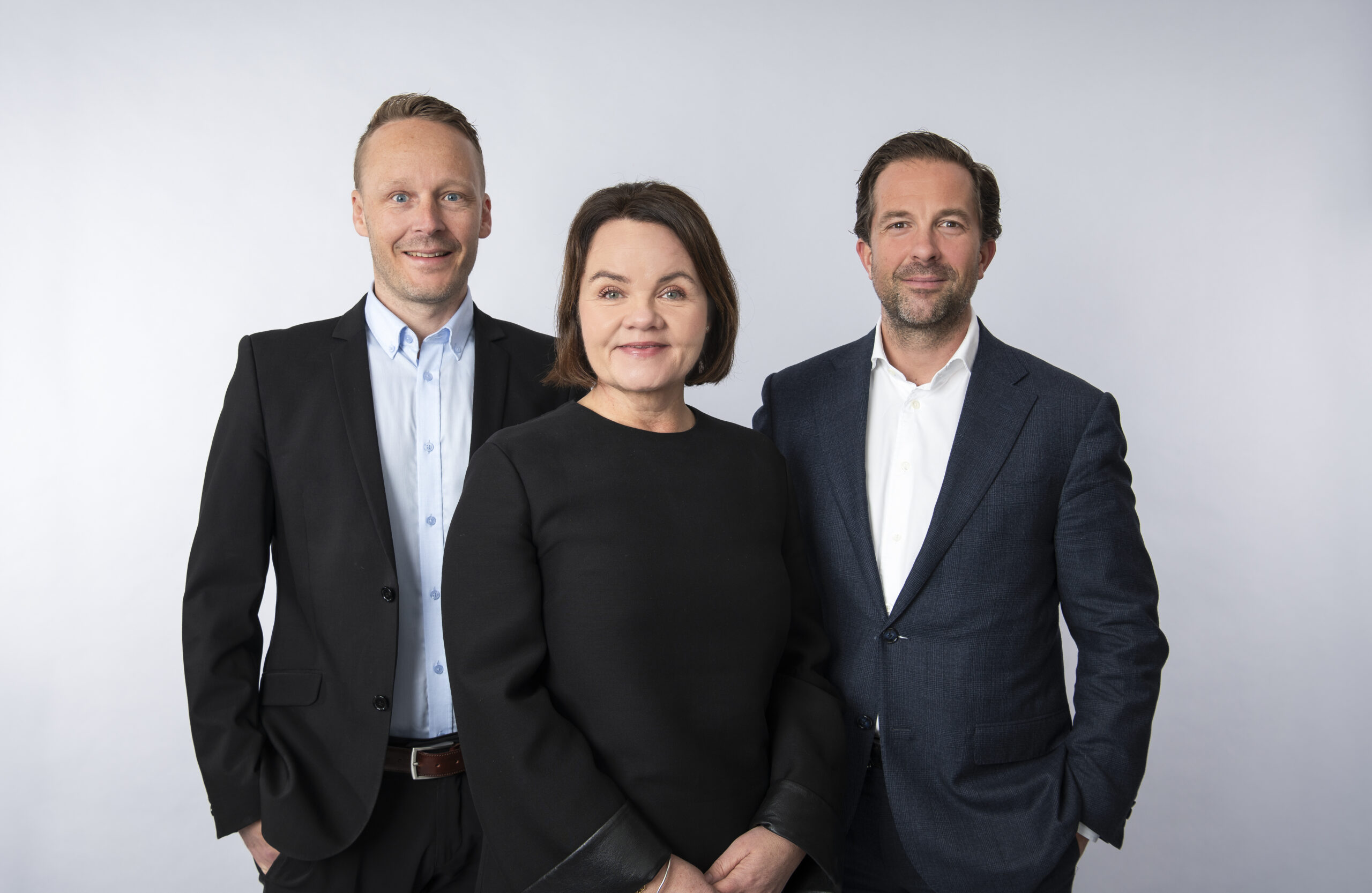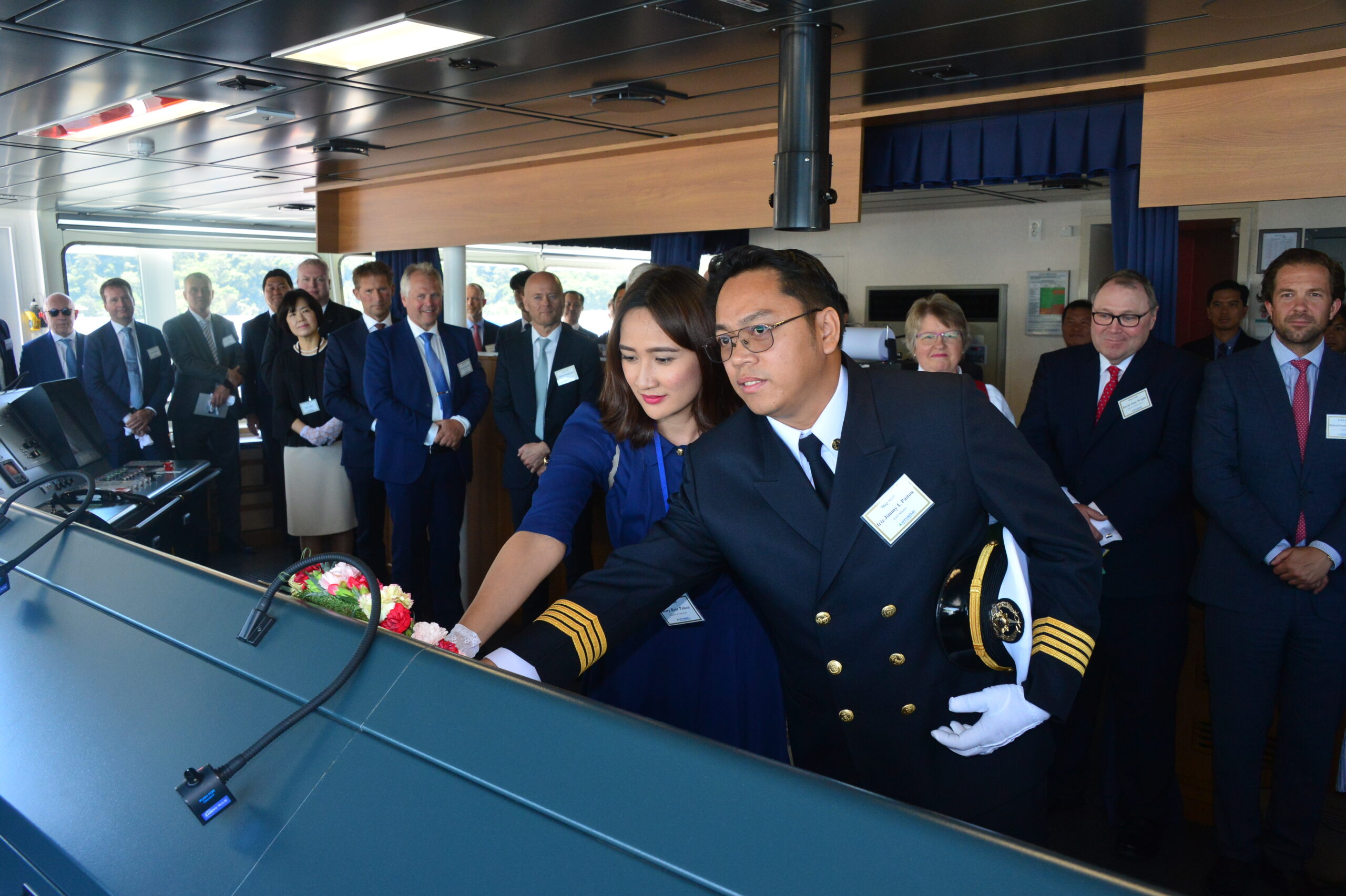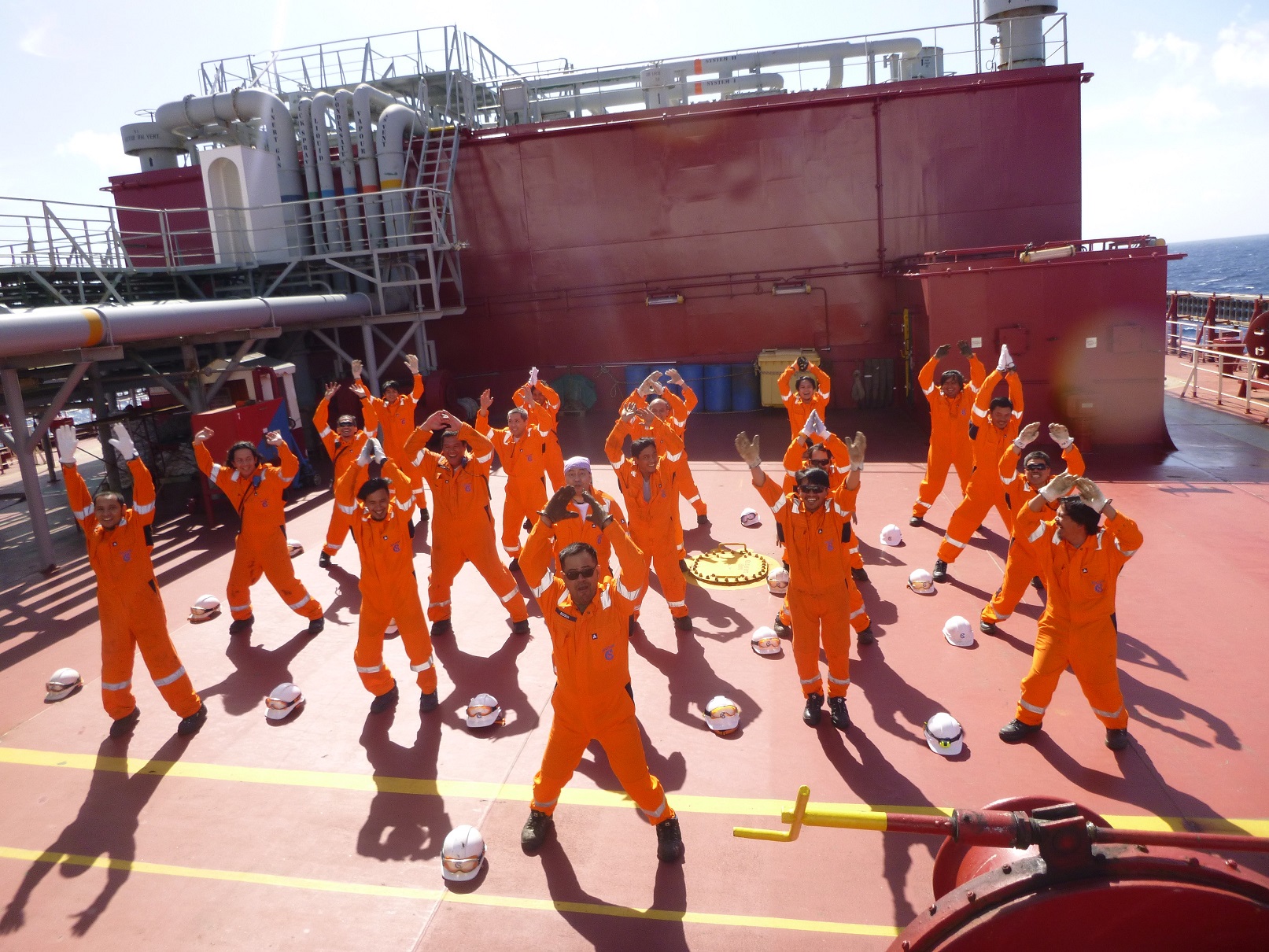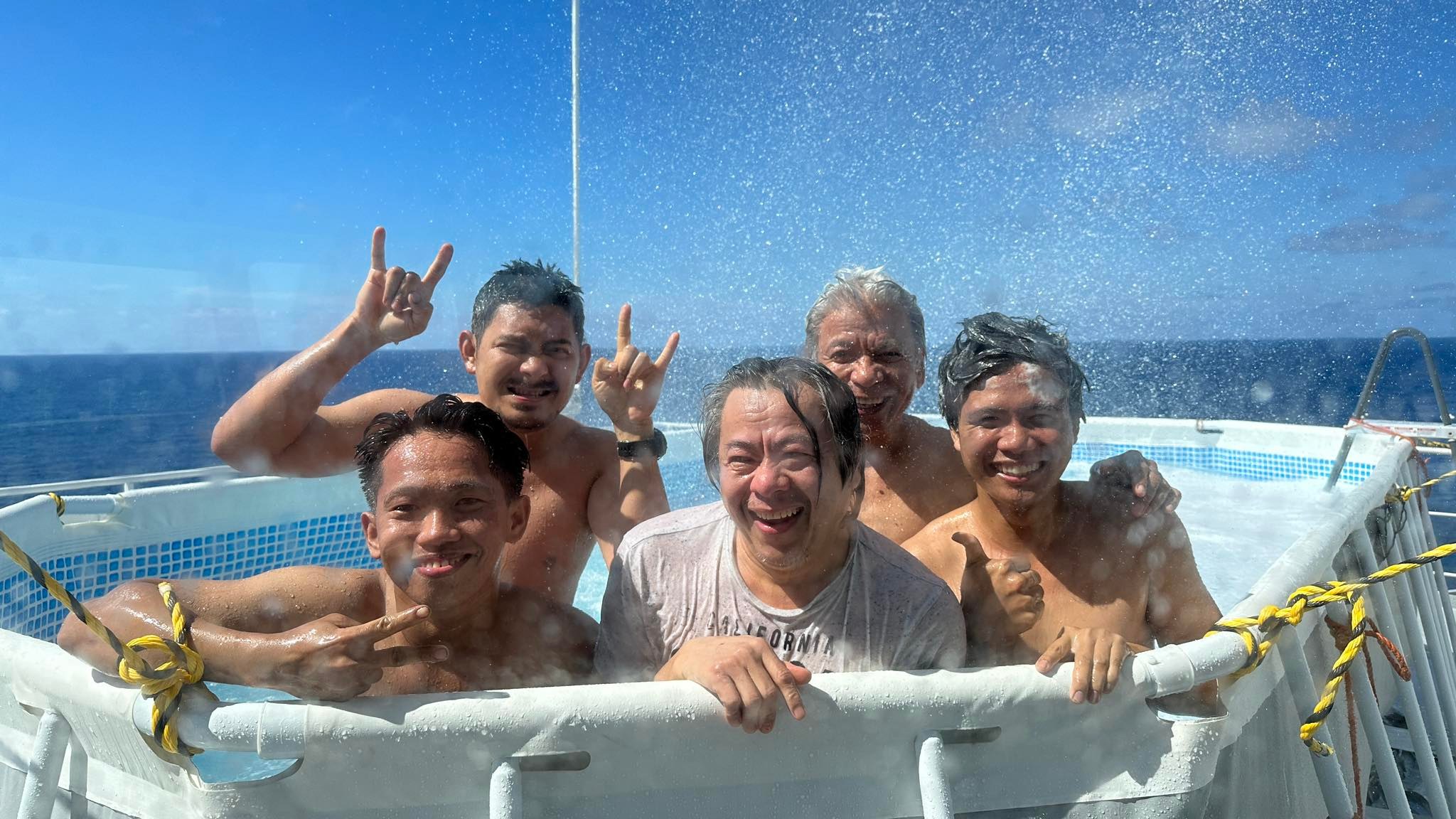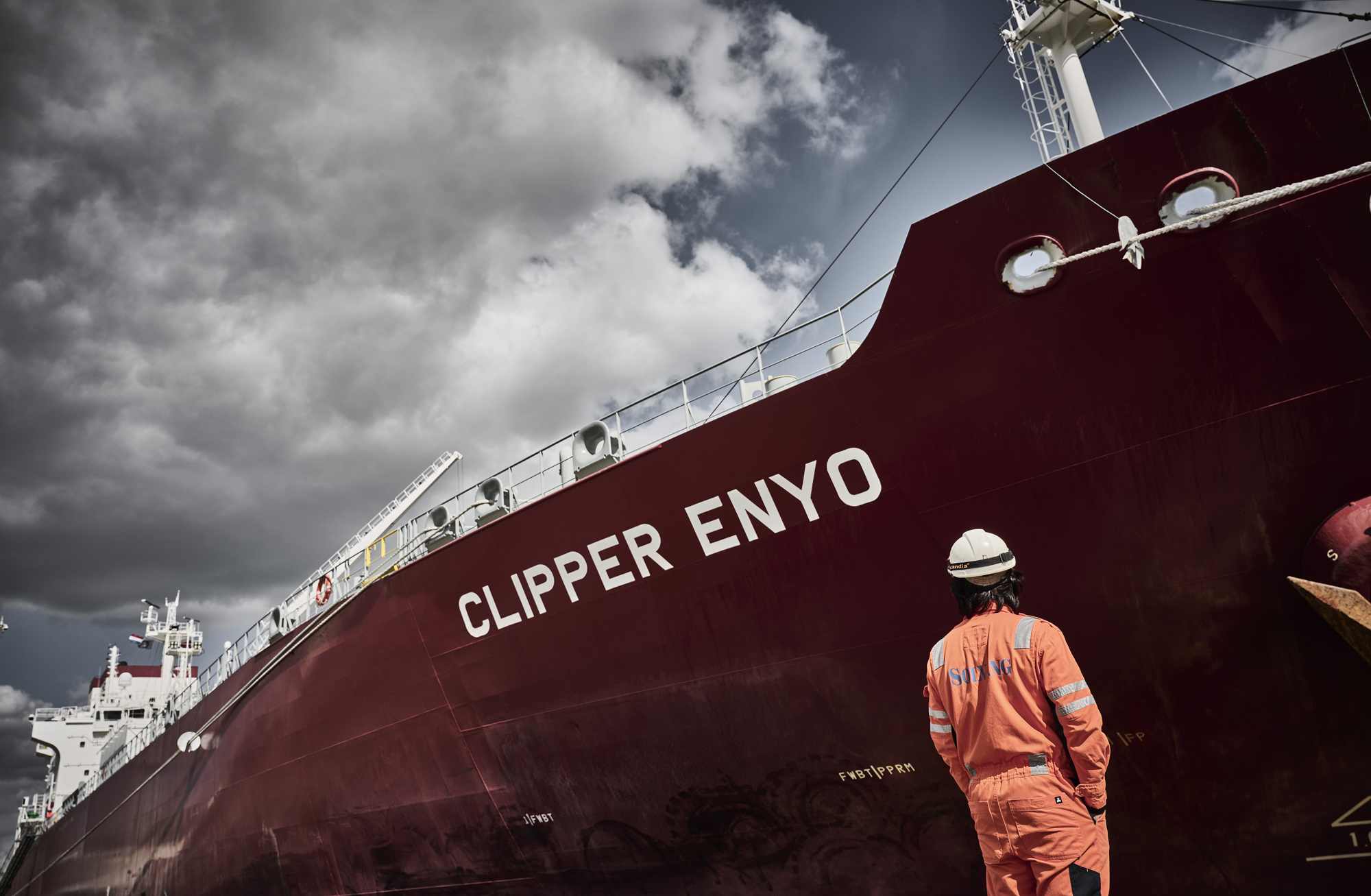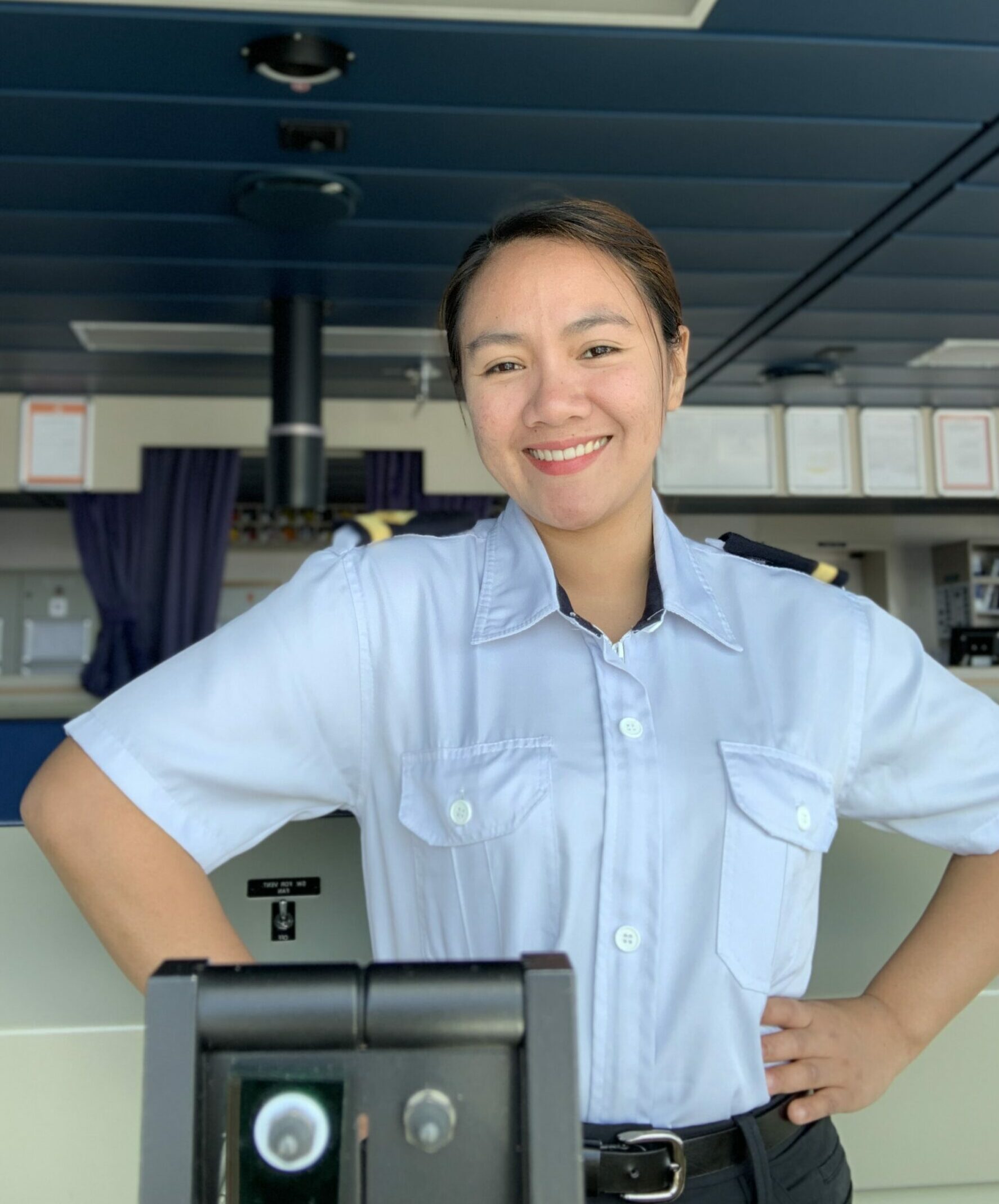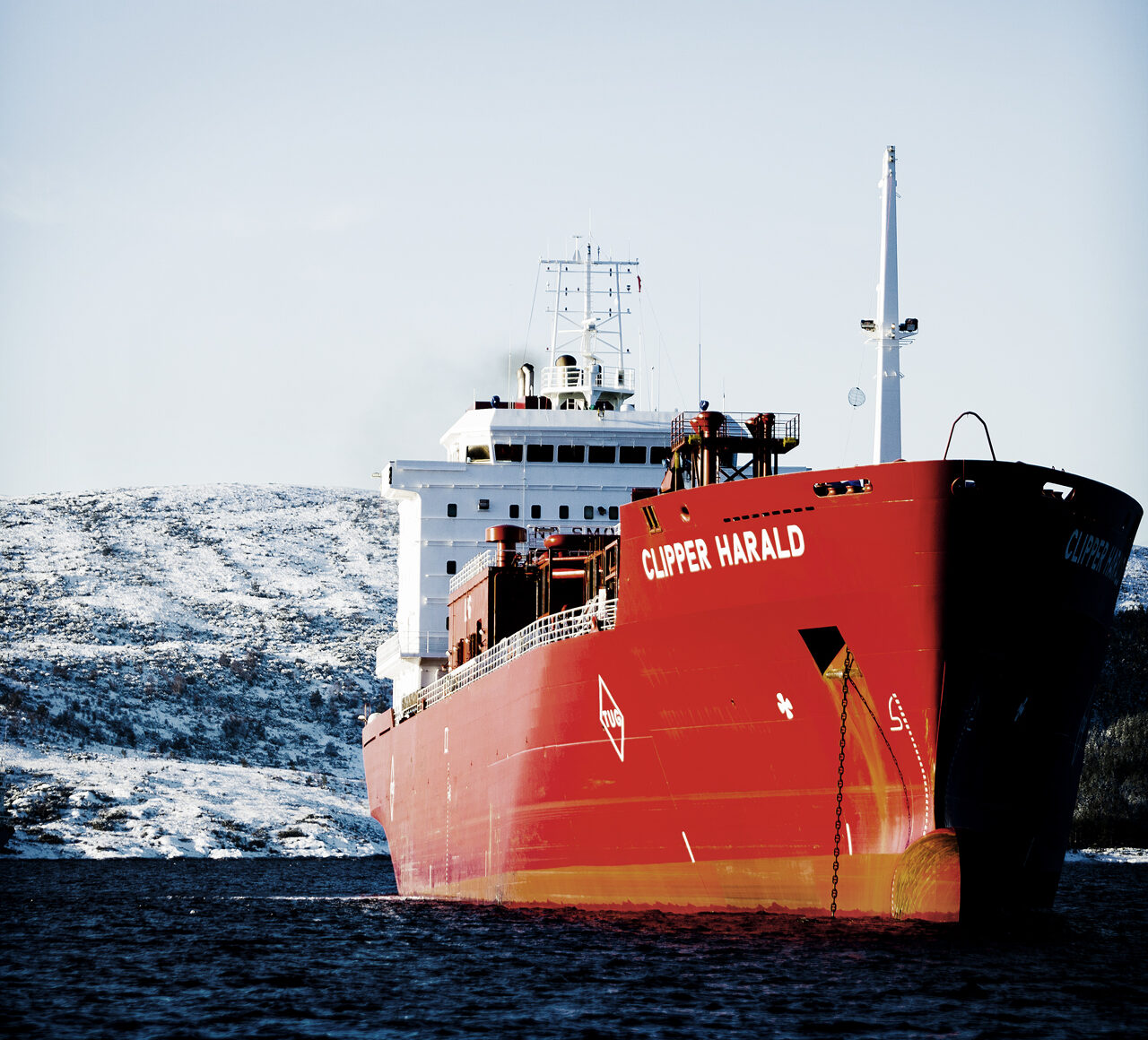Sharing samples of knowledge
Solvang develops research-based maritime solutions with our partners. Every new sample of knowledge we share publicly to promote sustainable shipping. Solvang’s Fleet Director Tor Øyvind Ask offers and account of which measures really make a difference in deep-sea green technology.
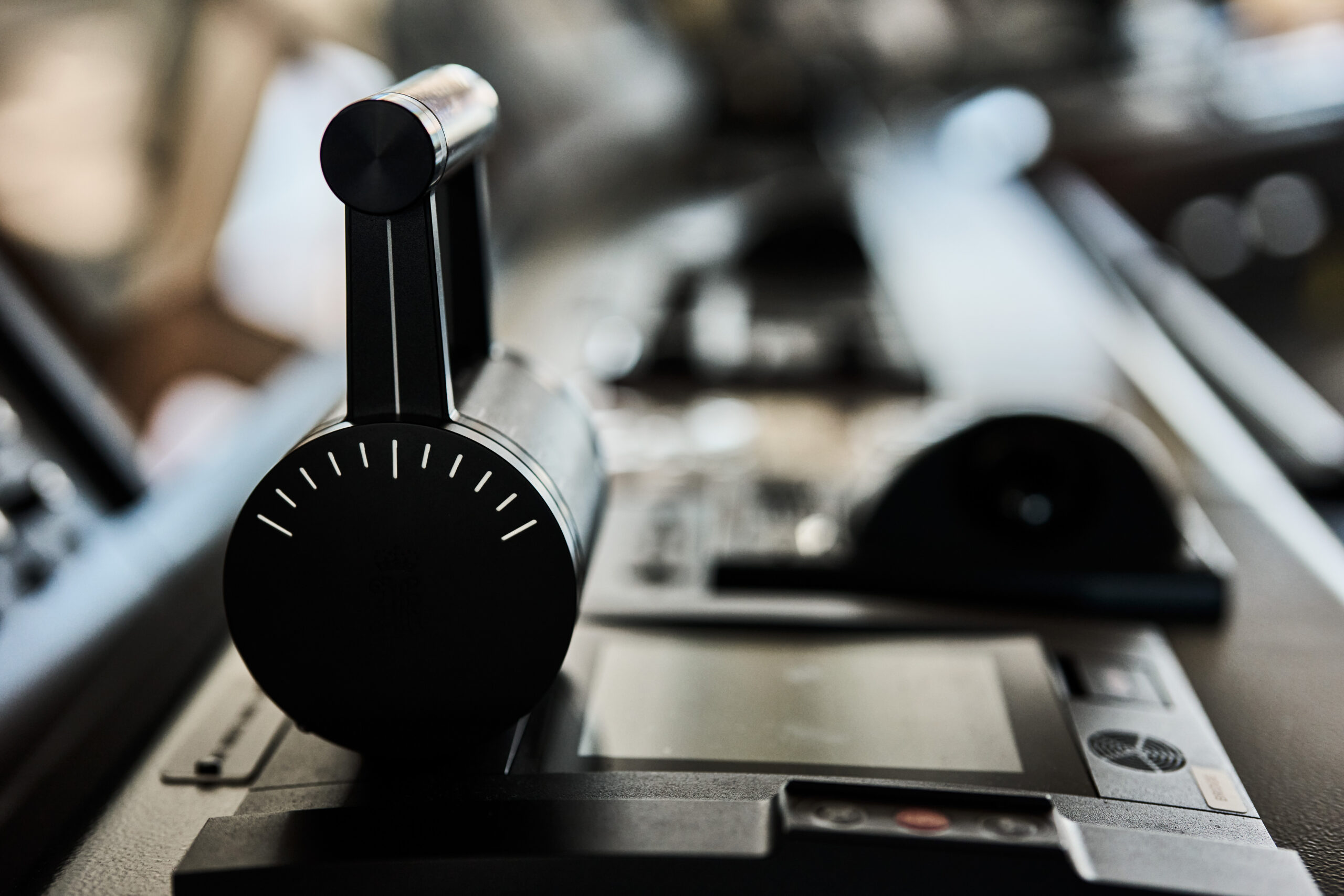
Since 2008, Solvang has invested materially in developing new knowledge, making science and technology an integral part of our portfolio. Access to operations and data has been granted to research institutions and research fellows. Together we have published peerreviewed findings. Being an active part in technology collaboration has paid off. Among several achievements, our onboard carbon capture and storage project was spun into a full-scale pilot on board Clipper Eris in 2024. Another landmark this year was the 3rd-party scientific verification of our open-loop mode exhaust gas cleaning system, the scrubber which runs on four ethylene carriers and four VLGCs.
Well-to-wake perspective
The strategy of Solvang’s R&D projects is a long-term environmental and operational sustainability in a well-to-wake perspective. Meaning all emissions from the extraction of the fuel from the well to the propulsion delivered at the wake of the vessel, all must be counted for.
At the starting point, our vessels emit a substantial amount of greenhouse gas, making them a target for efficiency measures to cut energy consumption.
Another environmental task is to reduce the emission of unburnt fuel, NOx and other pollutants from the exhaust, as well as removing harmful substances from discharges to water. All these tasks have been systematically handled by our total emission control programme, which comprises a series of tech solutions.
Maritime research collaboration
Over the years, Solvang has built a close relationship with the Norwegian maritime research environment, of which many institutions have merged into SINTEF Ocean in Trondheim.
In 2024, Solvang’s long-term membership of Smart Maritime national research center was transferred to SINTEF Ocean.
In 2024, Solvang joined the International KSP WIND Association, which promotes wind-assisted propulsion and hull design in commercial shipping. We also joined the Norway-based research center FME Maritime Energy Transition (MarTrans), an 8-year project with 65 partners from the maritime industry and research environment. The center performs research, innovation and education in order to accelerate the energy transition in shipping, while at the same time increasing commercial output for the maritime industry.
«KSP WIND and MarTrans offer Solvang access to verified objective information, we get to exert influence, we receive attention as a technology user, and our own efforts are made useful to others», Mr. Ask concludes.
Tech partnerships
In addition to independent science and research projects, Solvang maintains an extensive portfolio of R&D activities with our commercial partners and suppliers.
Technology manufacturer Wärtsilä plays a big part in the OCCS project. They also host the Wärtsilä 2-stroke Part Load Optimization (WPLO) programme, which combines modifications of turbocharger components and tuning of the engine to shift the optimal load to a lower range. While preserving commercial speed, the testing shows fuel savings of 3-4 percent delivered on the engine, and much higher savings of combined fuel consumption.
In the upcoming period, Solvang will intensify our part load optimization activities, in the search for additional efficiency gains. «The result so far has been even better than we expected,» Mr. Tor Øyvind Ask comments.
Read more


